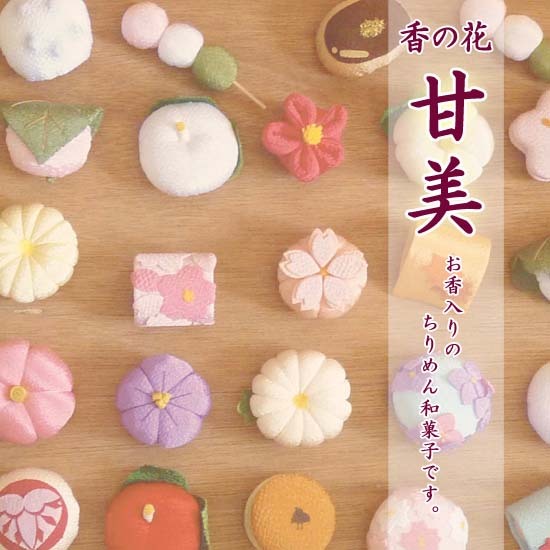
The bulk of the urea, about 10 g each day, is eliminated by the kidneys. On a normal diet, we produce about 12 g of urea each day. Urea is created not only from dietary protein, but also from protein in your tissues. It binds excess nitrogen from used-up proteins and safely removes it from the body. The liver produces urea as a waste product of proteins breakdown. This post covers the causes of high and low blood urea nitrogen (BUN) and what they may mean for you.īlood urea nitrogen ( BUN) is a measure of the amount of urea in the blood.

Testing urea levels in the blood provides information about your health.
BUN NOTSU KURI FULL
A plus sign next to the number “” means that the information is found within the full scientific study rather than the abstract. If you feel that any of our content is inaccurate, out-of-date, or otherwise questionable, please leave a comment or contact us at that each number in parentheses is a clickable link to peer-reviewed scientific studies. Our goal is to not have a single piece of inaccurate information on this website. They are continually monitored by our internal peer-review process and if we see anyone making material science errors, we don't let them write for us again. Our science team must pass long technical science tests, difficult logical reasoning and reading comprehension tests. Our science team is put through the strictest vetting process in the health industry and we often reject applicants who have written articles for many of the largest health websites that are deemed trustworthy. Our team comprises of trained MDs, PhDs, pharmacists, qualified scientists, and certified health and wellness specialists.Īll of our content is written by scientists and people with a strong science background. We are dedicated to providing the most scientifically valid, unbiased, and comprehensive information on any given topic. We believe that the most accurate information is found directly in the scientific source.

Boiling on high heat may cause the chestnuts to move in the pot and crack.SelfDecode has the strictest sourcing guidelines in the health industry and we almost exclusively link to medically peer-reviewed studies, usually on PubMed. If the water becomes cloudy, replace the water. Soak the peeled chestnuts immediately in a bowl of water. This will remove the harsh after taste from the chestnuts.
BUN NOTSU KURI SKIN

When making kuri no kanroni with raw chestnuts, 3 steps are required: shelling, peeling, and removing harsh after taste. Even in Japan, it is sometimes made without the gardenia pods. It won't be made bright yellow, but the taste won't changed at all. Gardenia pods are, so to speak, a natural food coloring.Ĭan you get it in your neighborhood? If not, you can still make this dish without the gardenia pods. This golden color is achieved by simmering gardenia pods with the chestnuts. The bright yellow color of kuri no kanroni is not the natural color of chestnuts. Once you shell and peel the chestnuts, it is a dish that requires little effort to make. It is also used as an ingredient to make kuri kinton (mashed sweet potatoes with candied chestnuts) and kuri yokan (Japanese red bean jelly with chestnut).

The beautiful golden color of this dish is believed to bring good luck, and it is often eaten on celebratory occasions such as New Year's Day. Kuri is chestnuts, no means “of” (but modifies the word behind), and Kanroni refers fruits simmered in sugar syrup. Kuri no Kanroni is a Japanese sweet side dish made by simmering peeled chestnuts in sugar syrup. Step-by-Step Recipe or Recipe Card What Is Kuri no Kanroni?


 0 kommentar(er)
0 kommentar(er)
